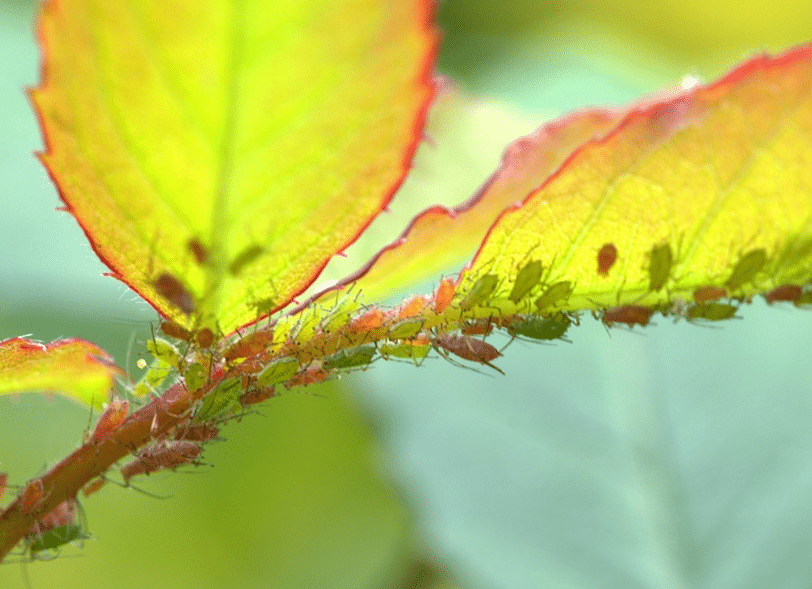Using vegetable peelings in the vegetable garden can be an eco-friendly way to reduce waste and enhance your garden’s health. Here are some useful ways to make the most of your peelings in the garden:
- Compost Material:
- Vegetable peelings are a valuable addition to your compost pile. They provide organic matter, nutrients, and help improve the overall quality of your compost. However, avoid using peels from diseased or pest-infested plants to prevent potential problems in your compost.
- Mulch:
- Chopped or shredded vegetable peelings can be used as mulch around garden plants. They help retain soil moisture, reduce weed growth, and gradually release nutrients as they decompose.
- Soil Enrichment:
- Digging vegetable peelings directly into the soil can enhance its organic content and improve its structure. As the peels decompose, they release nutrients into the soil, enriching it naturally.
- Worm Composting:
- If you practice vermicomposting (composting with worms), vegetable peelings are an excellent food source for the worms. They’ll convert the peels into nutrient-rich worm castings that can be used as a powerful soil conditioner and fertilizer.
- Natural Pest Deterrent:
- Some gardeners use garlic and onion peels as a natural pest deterrent. They scatter these peels around their garden to discourage certain insects and animals. However, the effectiveness of this method can vary.
- Seedling Pots:
- Citrus peel halves can be used as temporary seedling pots. Fill them with seed-starting mix, plant seeds, and once the seedlings are ready for transplant, you can plant them directly, peel and all. The citrus peels will break down in the soil.
- Repel Cats and Critters:
- Some gardeners use strong-smelling peels like citrus, onion, or garlic to deter cats and other critters from digging in their garden beds. Place the peels around the areas you want to protect.
- Natural Fertilizer Tea:
- Boil vegetable peelings to create a nutrient-rich vegetable peel tea. After it cools, you can use it as a natural fertilizer for your plants. Just water your garden with the tea to provide an extra nutrient boost.
- Flavoring Mulch:
- Crushed herb peels like mint or basil can be used to flavor mulch or soil, creating a pleasant scent as you work in the garden.
- Scented Garden Markers:
- Use dried citrus peels to create scented garden markers. Write the names of your plants on the dried peels and use them to label your garden rows or pots.
Remember to use peelings from organic or pesticide-free produce, as chemicals can be harmful to your garden’s health. Additionally, make sure that the peelings are well-composted or decomposed before planting directly into the soil, as fresh peelings can attract pests and compete with your plants for nutrients.
Contents
Use your peelings in compost

If you have a little space to install a composter, you can add your peelings to make a good compost for the vegetable garden and the garden. In addition to brown waste (dead leaves, twigs, cardboard, straw …), peelings are indeed green waste to balance a compost as well as eggshells, wilted flowers and weeds. You just have to mix all this regularly to allow the organic matter to air and breathe. Then, we let it all decompose gently. And then, mission accomplished! This homemade amendment based on household waste can be used as a natural fertilizer for your flower boxes and for the soil of your green spaces.
However, not all peelings are good to put in the compost. Avoid avocado peels or pineapple peel which decompose very badly. For the well-being of the vegetable garden, limit citrus peelings as they bring too much acidity to the compost.
Peelings against vegetable garden pests

There are several ways to use peelings against insect pests and other vegetable garden pests:
-Citrus peels will repel slugs. Lemon will also repel ants. Place in high traffic areas.
-Cucumber peelings placed on aluminum will scare away gastropods.
-Place broccoli stalks to get rid of flies (especially carrot flies)
-Garlic skin has many uses. In the garden, the gardener can make a few bowls to keep most insects away. You can also leave the skins on the garlic when you make an anti-aphid garlic purin.
Just be sure to replace the peelings regularly. They lose their effectiveness as they decompose.
Peelings to trap vegetable garden pests

Your peels are a real treasure when it comes to attracting pests. Whether it’s to divert them from your crops or to trap them, there are plenty of uses for them.
-Dig a little and place a dish filled with potato peelings low to the ground. This will attract the beetles and you can mechanically eliminate them.
-Banana peel is also very useful here. As a repellent, make small pieces and bury them lightly at the foot of the plants to chase away the aphids. Or, spray a banana peel-water infusion on infested plants. You can also use it as a trap by soaking it in cider vinegar. Pour it into the bottom of a bottle cut in half with the top half facing down (like a funnel). This will attract insects, but they will not be able to get out and will eventually drown.
Last idea: peelings… to plant in the garden!

Carrot or Jerusalem artichoke remains, onion root, sprouted garlic, lettuce heart, piece of ginger buds up, sprouted garlic, curly lettuce core, white root part of leek… Kitchen waste can often be planted in the ground or put to germinate in water before being planted in the ground. Nevertheless, we do not think much about using sprouted potatoes. However, these sprouts can be used to grow potato plants. Cut the potatoes into three or four pieces, making sure there are sprouts on each piece. Then plant them in moist soil! You can also transplant leftover Jerusalem artichokes very easily.
With these tips, you can reduce the amount of food waste in your garbage cans!

